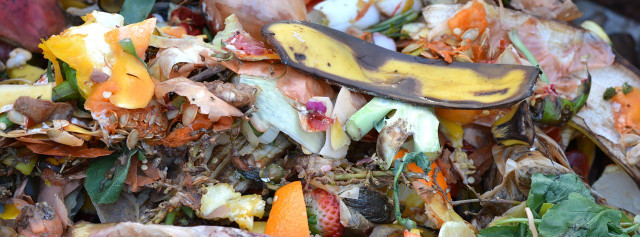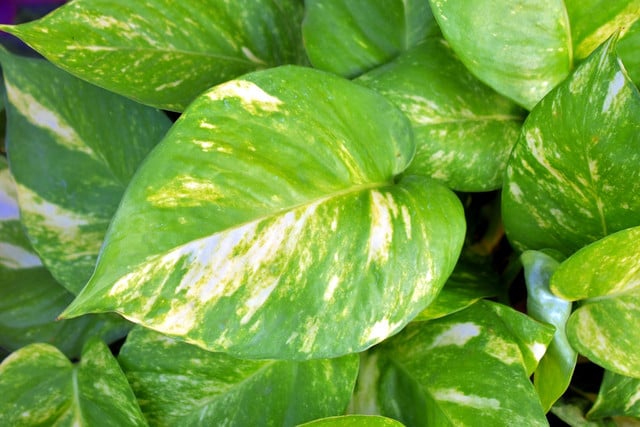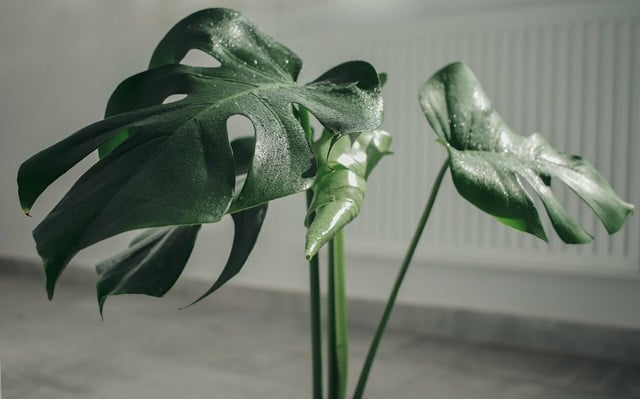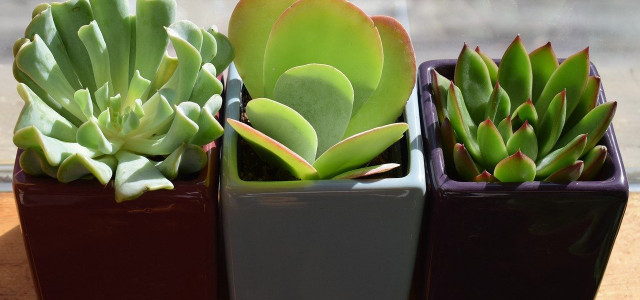In addition to water, good soil, and sunlight, plants also need food. We'll share our homemade plant food recipe and our best tips for how to keep your houseplants healthy.
Plants are a great addition to have in your household. Having indoor plants can be very beneficial both to you and to the space you live in. They can improve the air quality of your home, and even boost your mood. In addition to that, having indoor plants is an inexpensive way to decorate your home; and most of them don’t require much maintenance. However, in addition to water and sunlight, your plants also need plant food from time to time. Why? Because after having a plant in the same pot for some time, it will finish up all the nutrients from the soil. In this article, we’ll show you how to make homemade plant food to help your plants happy.
How To Make Homemade Plant Food

(Foto: CC0 / Pixabay / Ben_Kerckx)
Making plant food at home is a very simple task, and you probably already have all the ingredients at home. In fact, there are plenty of things that you throw away that could be used to make fertilizer for your plants, such as eggshells, banana peels, coffee grounds, or even the water where you just boiled your veggies. This recipe is one example of what nutritious homemade plant food would look like, but keep in mind that you can always adapt it to whatever you have at home.
Ingredients:
- 1 cup crushed eggshells
- 1 tbsp. coffee grounds
- 1 gallon cooking water (from boiling any kind of food: potatoes, eggs, vegetables, rice, etc)
- Banana peels
Other household items you could use: Molasses, green tea, wood ash, baking powder, vegetable or fruit peels.
Instructions:
- Mix all the ingredients in a bucket or a large jar, and let the mixture sit for an hour.
- Take the banana peels out and water your plants with the mixture.
Note: We recommend you fertilize your houseplants once a month. If your plants are especially wilted now, you can fertilize them once a week until they come back to life.
Why You Should Make Your Own Plant Food



(Foto: CC0 / Pixabay / SandeepHanda)
There are many houseplant fertilizers that you can purchase at your local garden shop. However, these fertilizers often include chemicals that aren’t as eco-friendly as you may think. In addition, making your own fertilizer is more sustainable and more budget-friendly, since you can make it with things that otherwise would go to waste. There are many advantages to making your own plant food:
- Homemade natural fertilizers are often safer for your plants than store-bought products. Synthetic fertilizers often contain chemicals and tend to be very concentrated, which can harm your plant if you over-fertilize it.
- Making your own plant food is cheaper than organic fertilizers from the store, which tend to be pricey.
- Homemade plant food is more eco-friendly because you are reusing kitchen scraps that you would throw away.
Tips To Keep Your Houseplants Healthy & Thriving



(Foto: CC0 / Pixabay / 20750684)
Indoor plants tend to be very low in maintenance. Most likely, all your indoor plants will have different needs when it comes to light and water, so it is no secret that you will need to care for them differently. However, there are a few general tips that will help your plants stay healthy and thrive no matter their species:
- Water your plants with “waste water”: If you just boiled some rice, pasta, veggies, or any other food, let that water cool down to room temperature and use it to water your plants instead of pouring it down the sink. You can also make “waste water” by soaking your banana peels or even food scraps into a jar with water; just let it sit for a few hours and water your plants with it afterward.
- Let the soil dry out between waterings: It is possible that your plant is wilted due to overwatering. You can check the soil with your finger from time to time to ensure that it gets dry before you water them again.
- Pick a pot with drainage holes: It is very important that you pick the right pots for your indoor plants, since they need proper drainage to avoid moldy soil and root rot.
- Keep the foliage clean: Just like everything else in a household, leaves tend to get dusty, which can block the amount of light the plant is getting. Dirty leaves can also accumulate diseases and hide insects, which can negatively affect the entire plant (and your home). You can clean your plant leaves by rinsing off your plant outdoors, or by wiping down the leaves one by one with a wet cloth.
- Watch out for sunlight: If your plant is very wilted, it can be due to excessive sunlight. Give your plant a break from the sun while it recovers, and do some research on the amount of light this kind of plant needs.
- Fertilize your plants: We recommend you fertilize your plants once a month, if possible with a homemade plant food of your choosing. That will give them all the nutrients they need and that they aren’t getting from just water.
Read On:
- 7 Signs Of Overwatering Plants & What to Do
- How to Propagate Monstera Plants in 5 Simple Steps
- Best Indoor Hanging Plants to Decorate Your Home
Do you like this post?







